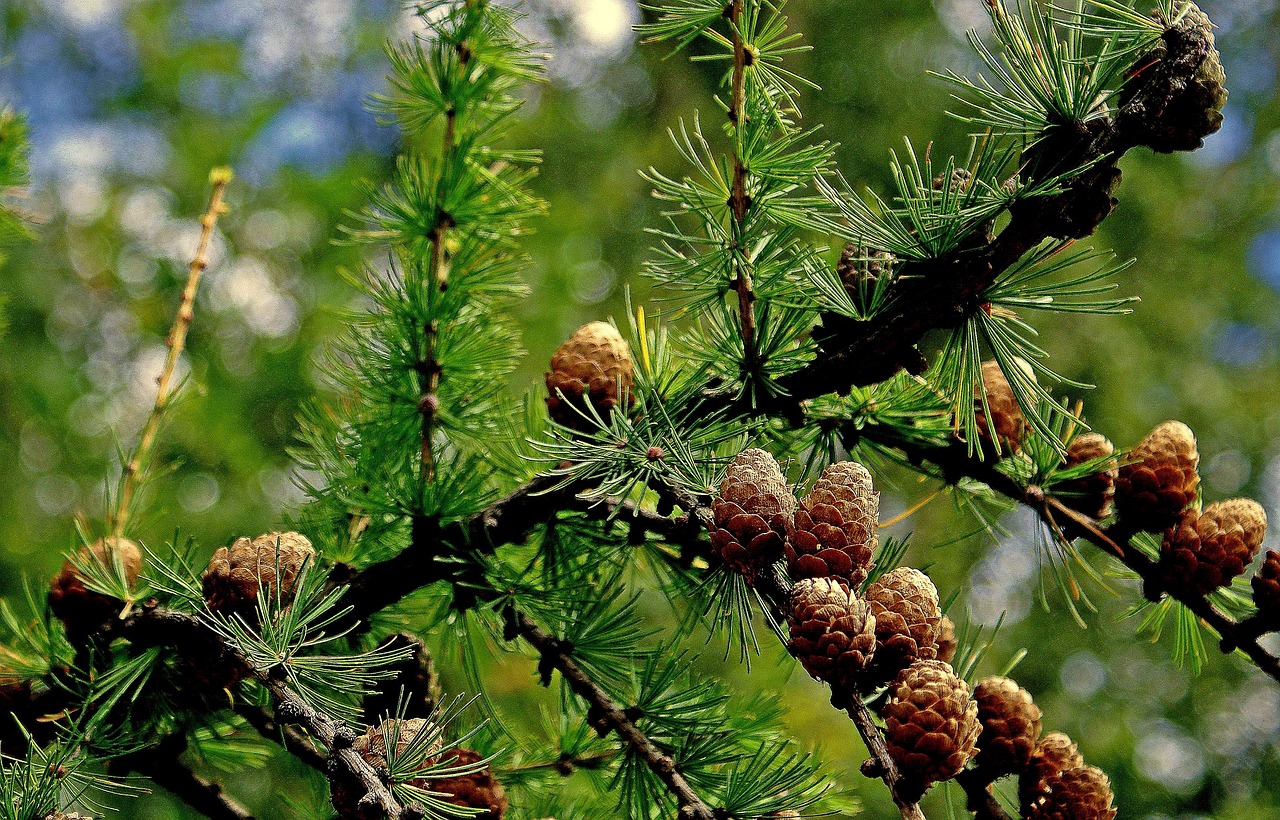Various cultures and civilizations throughout history have named trees, with names often derived from their uses, characteristics, or symbolism. Understanding these names provides insights into human relationships with nature and the significance of trees in different societies.
The Rich History of Tree Nomenclature
Trees have played a vital role in human life for thousands of years. They provide shelter, food, and materials for building and crafting. As humans began to cultivate and interact with their environment, they developed a need to identify and name different tree species. This practice not only helped in recognizing useful trees but also created a deeper connection between people and their surroundings.

The naming of trees has historical importance that transcends mere identification. It reflects cultural values, traditions, and the evolution of language. Many tree names have origins in ancient languages, revealing how historical societies interacted with their environment. For example, the Latin name for oak, “Quercus,” has been used since the time of the Romans, showcasing the longstanding significance of this tree in various cultures.
Across different regions, names often reveal local customs and beliefs. In many Native American cultures, specific trees hold spiritual significance. The willow, for instance, is often associated with healing and flexibility. Similarly, in European folklore, certain trees like the yew are connected to death and rebirth.
The Role of Botany in Naming Trees
With the advancement of science, specifically botany, the naming of trees became more systematic. Carl Linnaeus, an 18th-century Swedish botanist, developed a binomial nomenclature system that gave each tree a two-part scientific name. This method created a universal language for identifying plants, reducing confusion caused by local common names.

The scientific names are composed of two parts: the genus and the species. For instance, the scientific name for the sugar maple is “Acer saccharum,” where “Acer” indicates the genus and “saccharum” specifies the species. This system is crucial for researchers and conservationists who study plant biodiversity.
Cultural Significance of Tree Names
Tree names can also signify more than just a species; they often carry cultural stories and meanings that are passed down through generations. In many cultures, certain trees are considered sacred or are tied to specific myths. For example:
- The Baobab tree in Africa is often called the “Tree of Life” due to its ability to store water and provide food.
- The Bodhi tree in India is revered as the tree under which Siddhartha Gautama attained enlightenment.
- The Cedar tree is significant in many Middle Eastern cultures for its strength and durability.
These names and the stories behind them give insight into how different cultures perceive nature. They reflect ecological knowledge, social structures, and historical events that shaped communities.

Local vs. Scientific Names
While local names for trees can vary widely even within small geographic areas, scientific names remain consistent across different languages and regions. This dual naming system serves practical purposes. Local names allow communities to connect with their environment on a personal level, while scientific names provide clarity for global communication among researchers.
| Tree Common Name | Scientific Name | Cultural Importance |
|---|---|---|
| Oak | Quercus robur | Sacred in many European cultures; represents strength. |
| Pine | Pinus sylvestris | Symbolizes longevity and resilience in Asian traditions. |
| Willow | Salix babylonica | Associated with healing and flexibility in various cultures. |
Understanding who named trees and the historical context behind these names enhances our appreciation of biodiversity and cultural heritage. The relationship between humans and trees is not merely functional but deeply rooted in identity and history, making tree nomenclature an essential aspect of both ecology and culture.
The Evolution of Tree Naming Across Cultures
The naming of trees has evolved significantly over time, reflecting the various cultural, linguistic, and scientific advancements. Different societies have developed unique systems for naming trees based on their environments and the roles these trees play within their cultures. This section delves into how tree names have changed and adapted through different eras and regions.

Ancient Civilizations and Their Influence
In ancient civilizations, trees were often named based on their physical characteristics, uses, and cultural significance. For example, the Egyptians revered the sycamore tree for its shade and symbolism of protection. Similarly, in ancient Greece and Rome, trees were associated with gods and mythology. The laurel tree, for instance, was linked to Apollo and symbolized victory.
These early naming conventions often relied on descriptive words that conveyed essential qualities of the tree. As languages evolved, so did the names. The influences of trade and conquest led to the blending of names and terminologies across cultures. For instance, the name “cedar” derives from the Latin word “cedrus,” which itself comes from Greek, illustrating the interconnectedness of languages and cultures.
Regional Variations in Tree Names
Tree names vary widely across regions, often reflecting local flora, fauna, and linguistic nuances. Different communities may have distinct names for the same species based on their experiences and interactions with the tree. In North America, for example:
- The Eastern Red Cedar is commonly referred to in various tribes by names that signify its importance in ceremonies and daily life.
- In contrast, European settlers adopted this name but classified it scientifically as “Juniperus virginiana,” based on its botanical characteristics.
This illustrates how indigenous knowledge systems contribute to the understanding of trees, while scientific nomenclature provides a standardized method of identification. The coexistence of both systems enriches our comprehension of biodiversity.
The Impact of Language on Tree Naming
Language plays a crucial role in how trees are named and perceived. Many tree names are derived from descriptive attributes that highlight essential features. For example:
| Tree Name | Origin of Name | Description |
|---|---|---|
| Birch | Old English “birce” | Refers to the tree’s distinctive white bark. |
| Maple | Old French “mapel” | Comes from its association with the sweet sap used for syrup. |
| Magnolia | Named after Pierre Magnol | Honors the botanist who studied these trees extensively. |
Additionally, many cultures use metaphors or symbolic meanings in tree names. For instance, the term “cypress” comes from the Greek word “kyparissos,” which is linked to mourning in various traditions. Such naming conventions illustrate how trees are woven into the cultural fabric and emotional landscapes of communities.
Modern Scientific Approaches to Naming Trees
Today, tree nomenclature is influenced heavily by scientific classification. The International Code of Nomenclature for algae, fungi, and plants (ICN) governs how plants are named globally. This system aims to create stability and universality in naming conventions, which is particularly important for conservation efforts and ecological studies.
In modern botany, tree names are typically assigned based on morphological characteristics and genetic relationships. Modern technology, such as DNA sequencing, has further refined our understanding of plant relationships and led to reclassification in some cases. This scientific approach ensures that tree names reflect current understanding rather than historical assumptions.
The Cultural Relevance of Tree Names Today
The importance of tree names continues to resonate in contemporary society. Urban planners, environmentalists, and educators recognize the value of trees not just as resources but as integral parts of our ecosystems and cultural heritage. Trees are often symbols in literature, art, and religion, reminding us of our connection to nature.
Efforts to preserve local nomenclature are also gaining momentum as communities seek to maintain their cultural identities amid globalization. Initiatives aimed at revitalizing native languages often include botanical terms, highlighting the importance of trees in local traditions and knowledge.
As we explore the history and significance of tree names, it becomes clear that these names are more than just labels; they serve as a bridge between humanity and nature, reflecting a rich tapestry of cultural heritage that continues to evolve today.
The Role of Trees in Ecosystems and Their Nomenclature
Trees are vital components of ecosystems, providing numerous environmental benefits. Their names reflect not just their physical characteristics but also their ecological roles. Understanding the implications of tree nomenclature can illuminate the interconnectedness of species and the environments they inhabit.
Ecological Functions of Trees
Trees play crucial roles in maintaining ecological balance. They contribute to air quality, provide habitats for wildlife, and regulate climate. Key ecological functions include:
- Carbon Sequestration: Trees absorb carbon dioxide, helping to mitigate climate change.
- Habitat Creation: Many species rely on trees for shelter, food, and breeding grounds.
- Soil Erosion Prevention: Tree roots stabilize soil and prevent erosion, protecting waterways.
- Water Cycle Regulation: Trees help maintain the water cycle by facilitating groundwater recharge and reducing runoff.
Each of these functions is often embedded in the tree’s name. For instance, the “willow” in “weeping willow” not only describes its appearance but also highlights its ability to thrive near water sources, emphasizing its role in the ecosystem.
The Importance of Biodiversity in Naming Trees
Biodiversity is essential for healthy ecosystems. The diversity of tree species contributes to overall ecological resilience. Each tree species has unique adaptations that allow it to thrive in specific environments, and these adaptations often influence their names. For example:
- The “redwood” gets its name from its distinctive reddish bark, which also provides protection against pests and fire.
- The “black walnut” derives its name from the dark color of its wood, which is prized for furniture making and has a significant ecological role as a food source for wildlife.
Preserving biodiversity is critical for maintaining ecological integrity. This is where tree names become particularly significant. They can serve as reminders of the unique characteristics of each species and their contributions to the ecosystem.
Conservation Efforts and the Significance of Tree Names
As environmental concerns grow, many organizations focus on conserving tree species and their habitats. Effective conservation strategies often rely on understanding the local context, which includes recognizing tree names and their cultural significance. Some key aspects include:
- Community Involvement: Engaging local communities in conservation efforts ensures that traditional knowledge about trees is respected and integrated into modern practices.
- Educational Programs: Teaching about the ecological roles of trees can foster appreciation for their names and importance in local ecosystems.
- Scientific Research: Ongoing studies on tree species can help identify endangered varieties and develop strategies for their preservation.
Conservationists often emphasize the importance of using local names in educational materials. This practice not only respects cultural heritage but also helps to raise awareness about specific trees’ ecological roles and how they can be protected.
The Global Perspective on Tree Nomenclature
Tree names often reflect a broader global perspective on ecology and conservation. As environmental issues transcend borders, understanding tree nomenclature is essential for international cooperation in conservation efforts. For instance:
- Standardization: Global databases like the Global Biodiversity Information Facility (GBIF) provide standardized names for tree species, aiding international research.
- Cultural Exchange: Sharing knowledge about tree names across cultures can lead to collaborative conservation strategies that respect both scientific and local knowledge.
This global perspective highlights how interconnected our world is, emphasizing that the conservation of trees benefits not just local communities but the planet as a whole.
The Future of Tree Naming and Conservation
The future of tree naming and conservation lies in balancing scientific understanding with cultural appreciation. As climate change continues to impact ecosystems, scientists and communities must work together to adapt naming conventions to reflect new realities. This includes:
- Updating nomenclature based on new scientific findings.
- Creating awareness about the importance of local names in preserving cultural heritage.
- Advocating for policies that protect not only trees but also the communities that depend on them.
The evolution of tree names reflects our changing relationship with nature. By recognizing the historical significance of these names and their roles in ecology, we can better understand our responsibilities toward preserving both trees and the cultural narratives they embody.
The Intersection of Culture, Science, and Conservation
The relationship between tree naming and conservation is becoming increasingly significant in our rapidly changing world. As urbanization expands and climate change accelerates, the need for a collective understanding of trees’ ecological roles has never been more urgent. Addressing these challenges requires collaboration between scientists, local communities, and policymakers.
One of the most effective ways to foster this collaboration is through education. Educational programs that emphasize the importance of trees in local ecosystems can cultivate a sense of stewardship among younger generations. By incorporating local names and their meanings into curriculums, children can develop a deeper appreciation for the natural world and its history.
Community-Driven Initiatives
Community engagement plays a crucial role in successful conservation efforts. By involving local populations in tree conservation projects, we can leverage traditional ecological knowledge alongside scientific research. Some successful initiatives include:
- Tree Planting Campaigns: Local communities can organize tree planting drives, ensuring that native species are prioritized.
- Tree Naming Festivals: Celebrating the cultural significance of trees by holding events that focus on traditional names and stories.
- Citizen Science Projects: Involving the public in monitoring tree health and biodiversity can enhance community investment in conservation.
These initiatives not only help conserve trees but also strengthen community bonds, fostering a shared commitment to environmental sustainability.
The Role of Technology in Tree Conservation
Advancements in technology also play a significant role in modern conservation efforts. Tools such as Geographic Information Systems (GIS) and remote sensing allow for better mapping of tree populations and habitat assessments. This data-driven approach can inform conservation strategies by identifying areas most at risk or in need of protection.
Moreover, mobile applications that educate users about local flora and fauna can promote awareness of tree species and their ecological importance. By using technology to bridge the gap between scientific knowledge and community involvement, we can create a more informed public that values biodiversity.
Conclusion
The naming of trees is much more than a linguistic exercise; it embodies a rich tapestry of cultural significance, historical context, and ecological importance. As we have explored, tree names reflect the intricate relationships between humans and nature. They serve as a reminder of the diverse roles trees play in our ecosystems while also highlighting the cultural narratives that shape our understanding of the natural world.
As we move forward, recognizing the importance of both scientific nomenclature and local naming traditions will be essential for effective conservation. Efforts to preserve biodiversity must involve community engagement, education, and the integration of technology. Through collaborative initiatives that respect cultural heritage and embrace scientific advancements, we can ensure that future generations inherit a world rich in diverse tree species.
Ultimately, the future of trees—and the names we give them—depends on our collective commitment to understanding their significance. By cultivating this awareness and actively engaging in conservation efforts, we can honor the legacy of trees while fostering a sustainable environment for all living beings.
